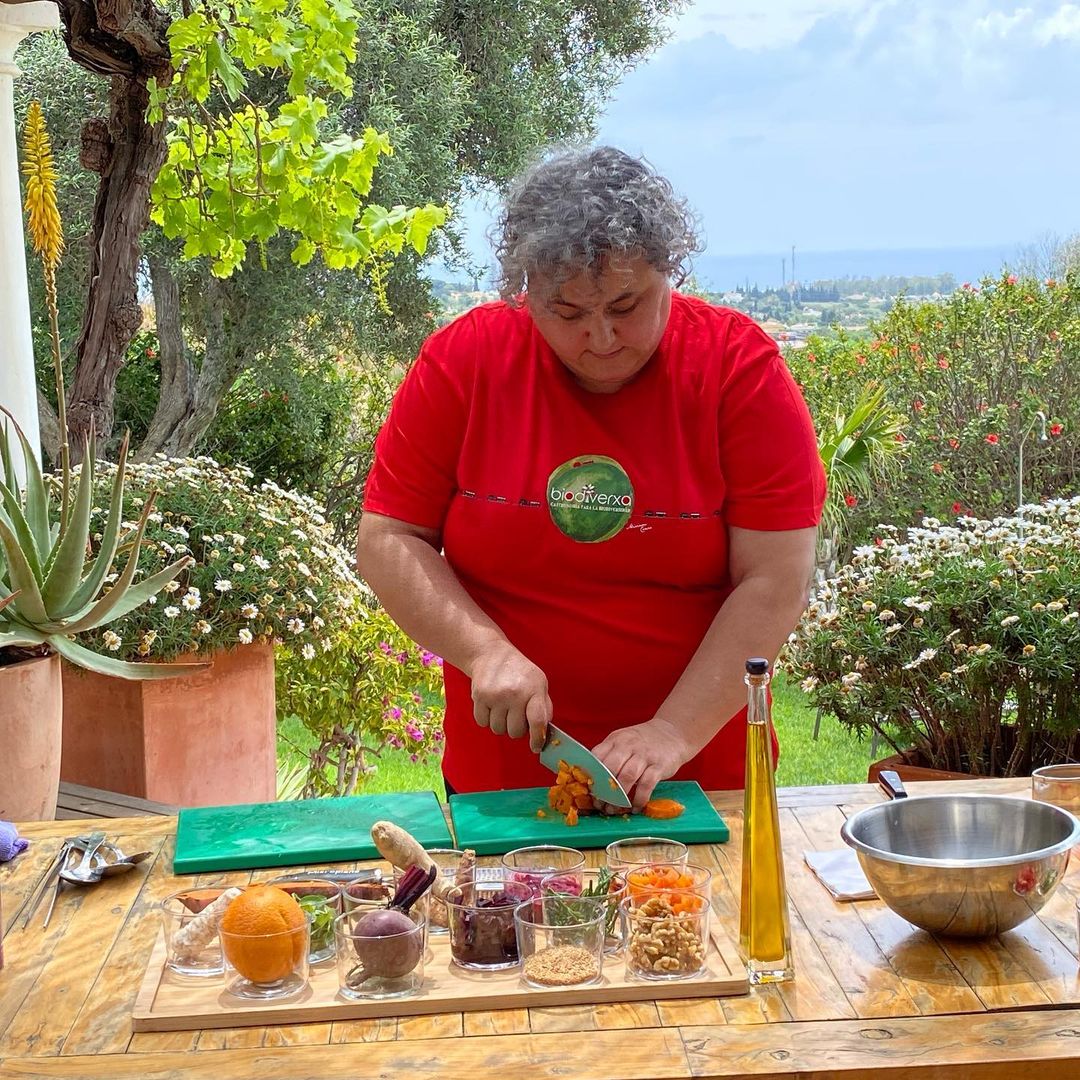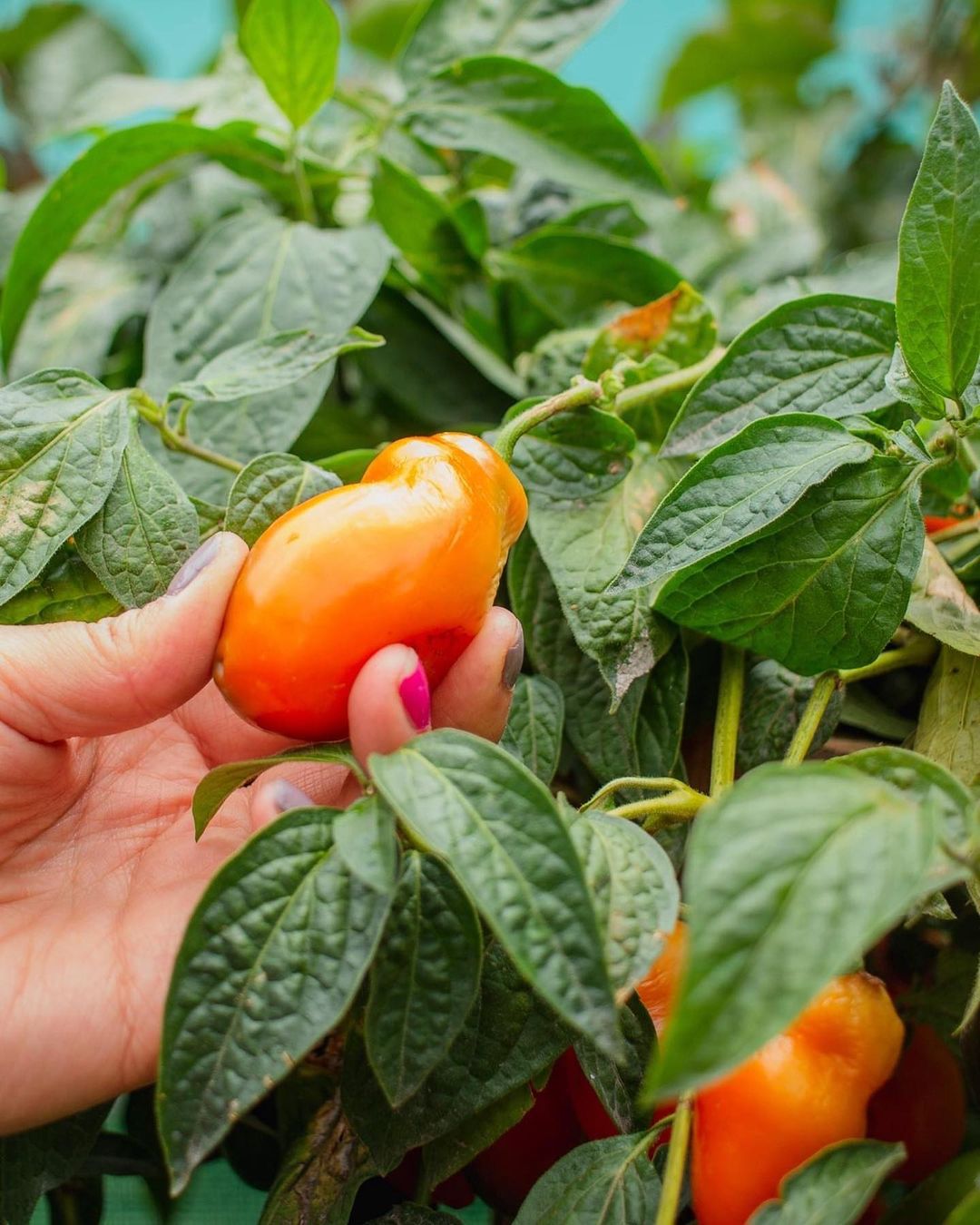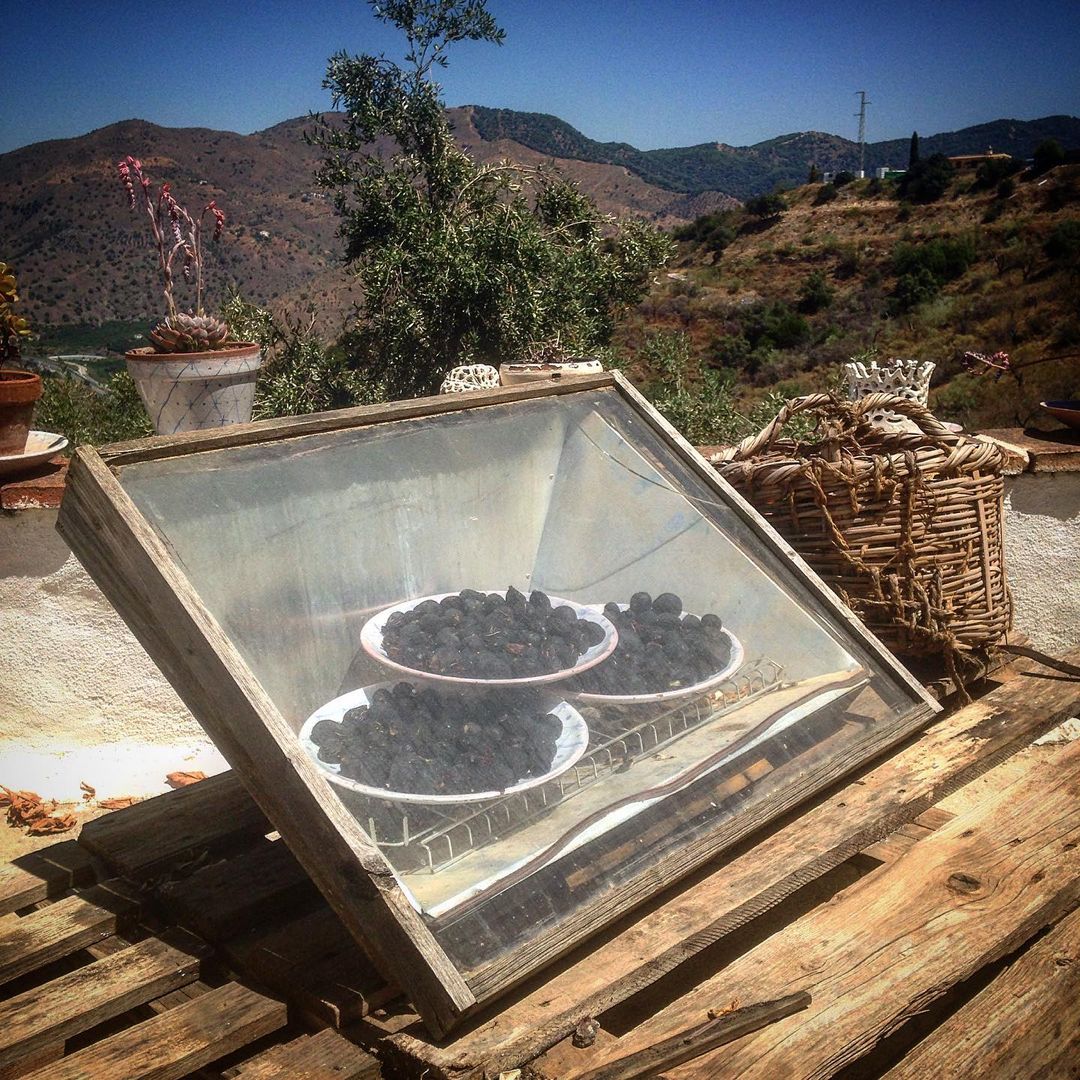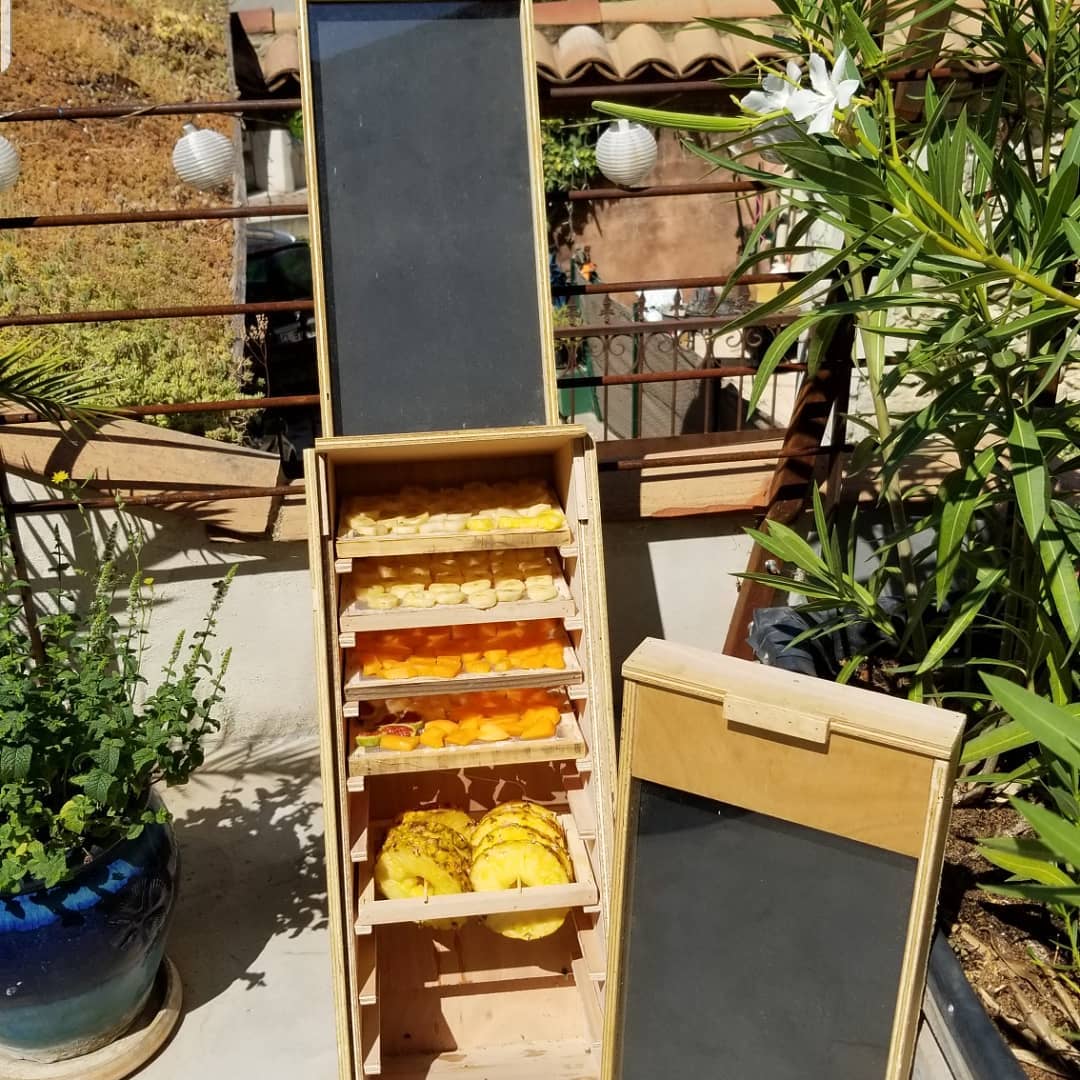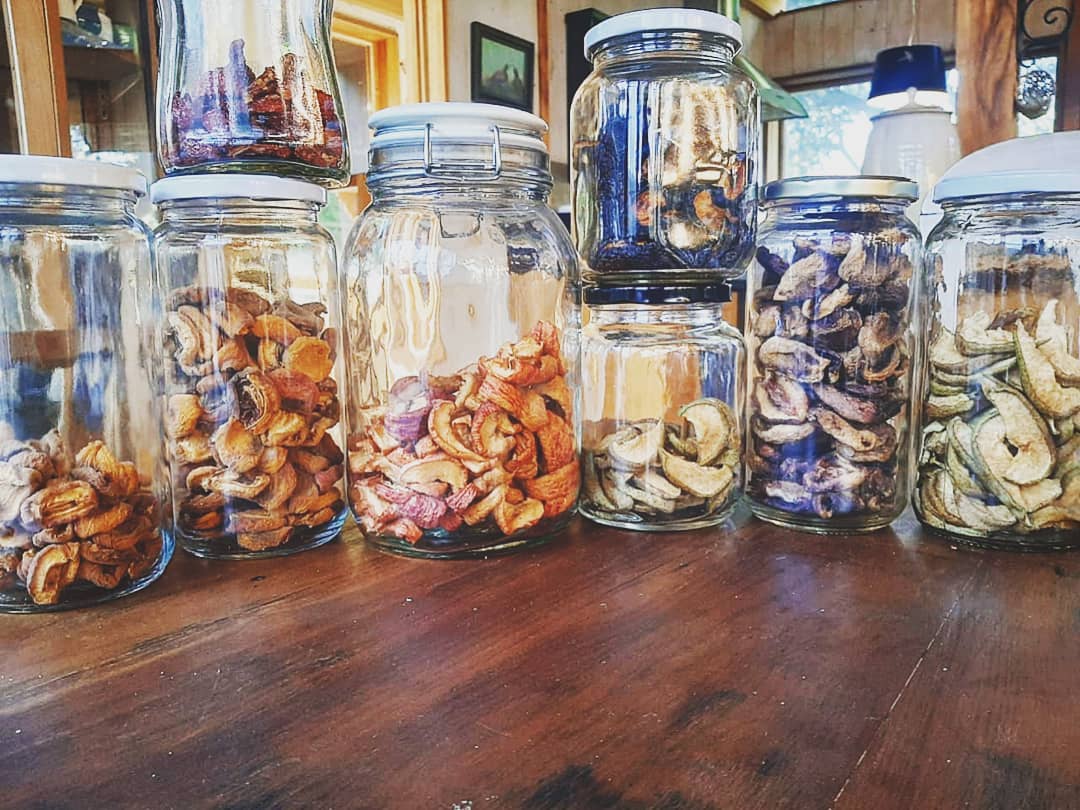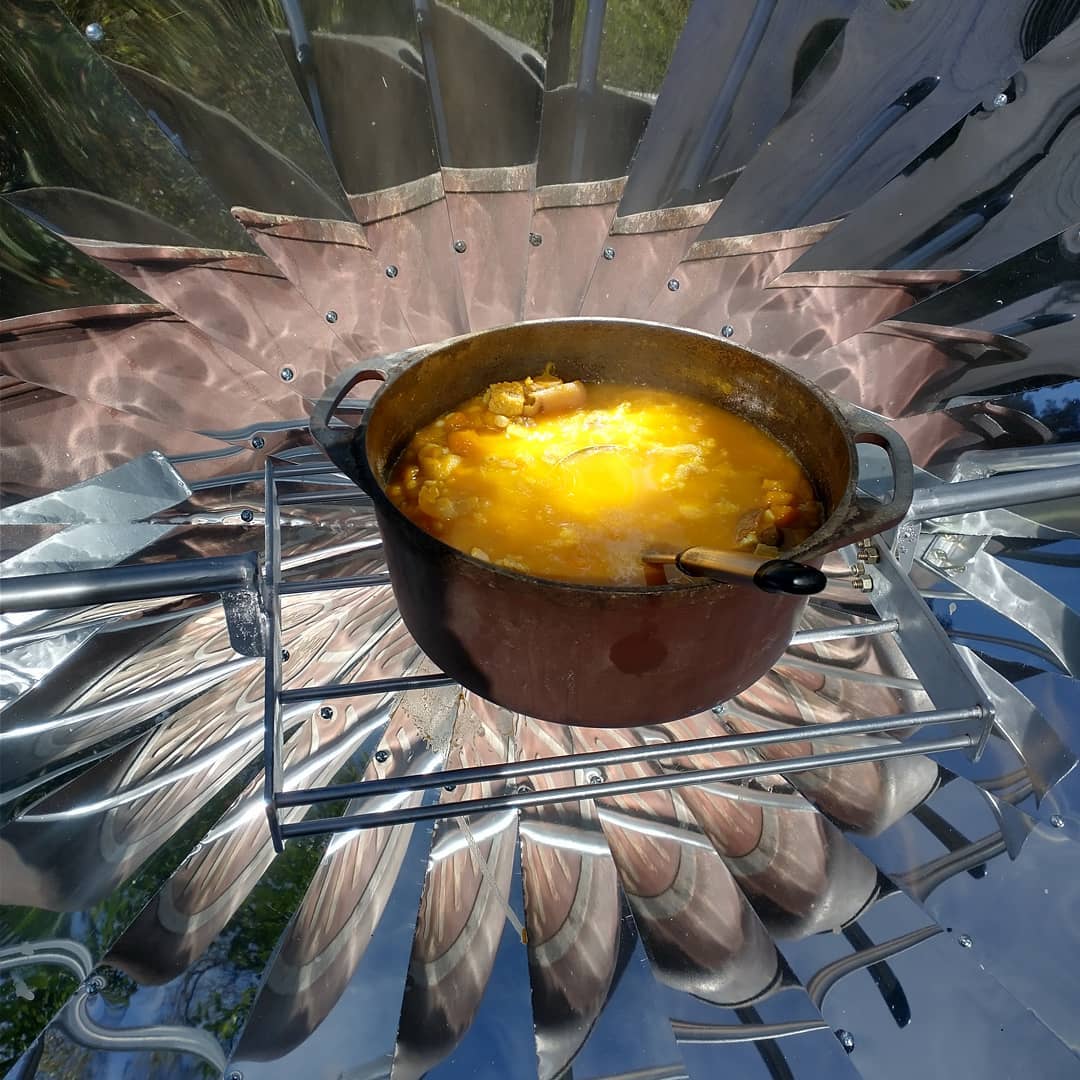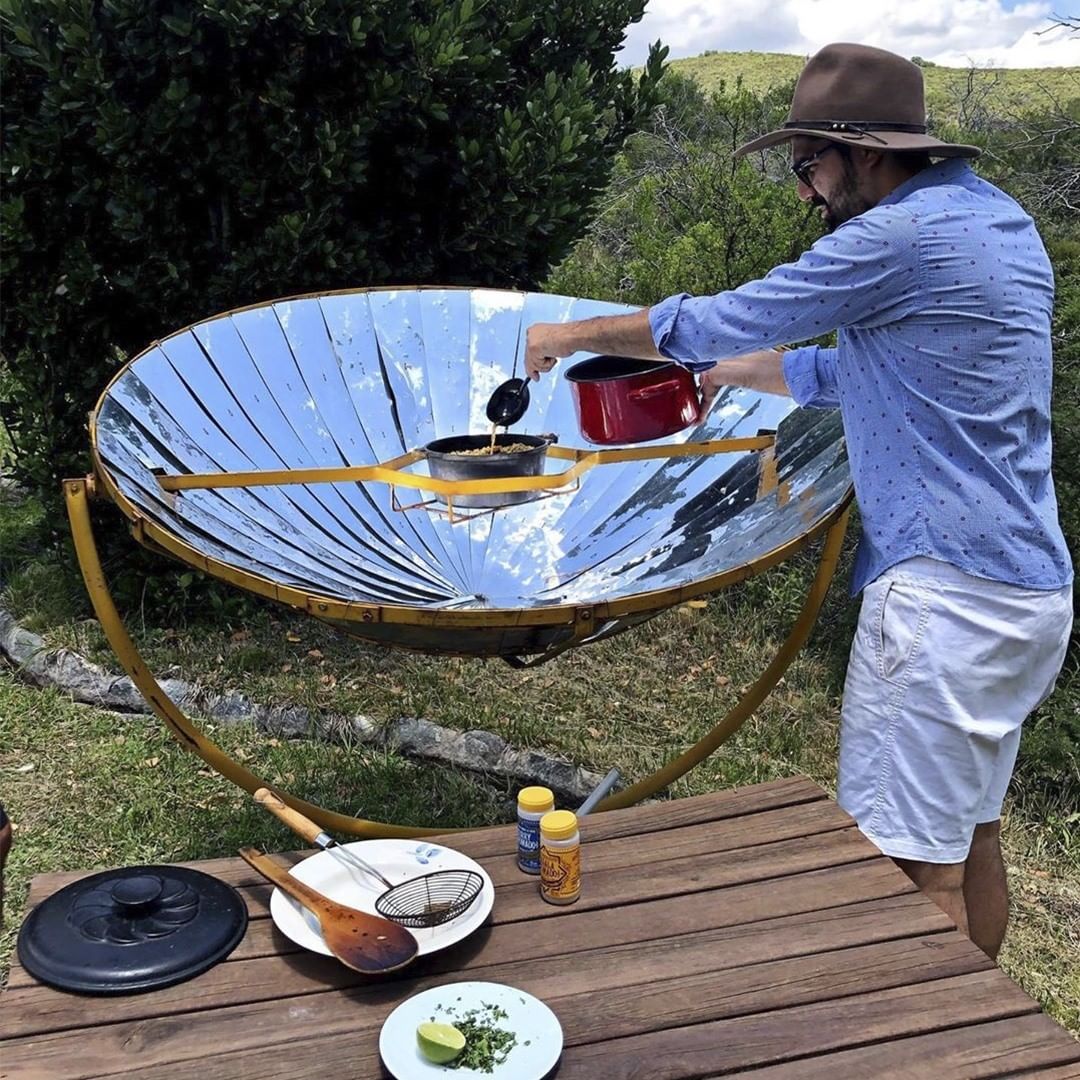SUSTAINABLE GASTRONOMY, AN INVITATION TO EAT WELL, HEALTHY AND SUSTAINABLY
By: Chile Travel - 28 August, 2021
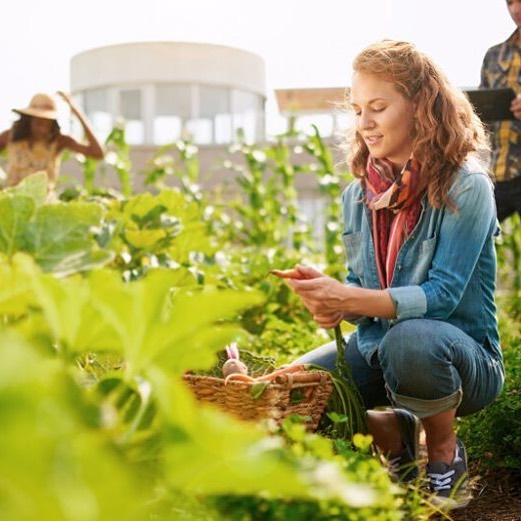
Sustainable gastronomy is a movement that is growing every day among people who have decided to value and consume food that promotes the natural and cultural diversity of the planet with habits that are eco-friendly. Here you will read everything you need to know about sustainable gastronomy in Chile.
Woman harvesting carrots in her garden
Photo: [@gastronomicprojects]
On June 18th the United Nations invites us to celebrate Sustainable Gastronomy Day, an initiative that an increasing number of countries have started to follow. What is this trend about? In Chile, there are many start-ups that are preparing delicious food using sustainable technology.
This article will describe the essential aspects of Sustainable gastronomy, a movement that invites people to be more conscious and respectful in regards to their relation to food, how it is grown, the environment that produces it, and how it is commercialized.
Chef cooking outside with homegrown foods
Photo:[@chefmiriamcozar]
Let’s shout out to eating sustainably and respectfully
How many times have you tasted different types of products without thinking about their origin, the work that goes into making them or even about the environmental impact of buying them from distant lands?
When preparing a dish under the banner of sustainable gastronomy, all these aspects are taken into account: the ingredients, where they come from and how they are grown, as well as the energy invested to get them in stores.
Tomato in the garden
Photo: [@pakakunarestaurante]
Choosing to use local, seasonal foods is one way to minimize the environmental impact of their production. Although it is possible to consume products that are out of season, for example a watermelon in the winter, its carbon footprint is higher because the watermelon has to be transported from far lands.
In other words, eating more sustainably not only considers the food itself but also involves all the dimensions of Sustainable Development – people, planet, and profit. Sustainable gastronomy also considers using water more efficiently, aiming to reduce the amount of water used and reuse whatever whenever possible.
Basket with fair trade products
Photo:[@cancaritx]
This way, the development of this culinary art considers the social, environmental, and economic aspects. It starts with how we produce food, its origin, packaging, the way we cook it, use of energy and water, and waste reduction.
Local traditions in sustainable gastronomy
And what about local products? Of course! Sustainable gastronomy respects the traditions of each place, highlighting the importance of regional producers.
In Chile, this type of gastronomy mixes foods from indigenous traditions as well as the contributions from the Spanish colonial period, combining ingredients, customs, and culinary habits.
Some of the most typical Chilean dishes are a plate of cazuela (a meat stew), or of porotos granados (cranberry bean stew), which are made with typical ingredients such as potatoes, squash, beans, onions, garlic, tomatoes, merken (ground chili of Mapuche origin), and others.
And when it comes to fruits, Chile is a great producer of these delicious and nutritious crops due to the favorable conditions of our land for growing grapes, peaches, avocados, nuts, berries and apples, and many other fruits.
Most of these products can be stored or dehydrated all year round, contributing to food conservation and wildlife preservation, two essential concepts of sustainable gastronomy.
Dehydrators and Solar Stoves, Technologies for Sustainable Gastronomy in Chile
Drying figs in a rustic solar dehydrator
Photo: [@christophe_pouplard]
The sun is clean, free, and unlimited energy for cooking, preserving, and drying food that has become a trend and a custom in some parts of our country.
If you are not very familiar with this great cooking utensil, which is essential for sustainable gastronomers, we introduce you to the “solar dryer” or dehydrator. It’s a tool that’s gaining popularity around Chile, especially in the north, because it is sunny all year round.
Solar dryer with fruit
Photo:[@ kss_kit_secador_solar]
Have you ever eaten dehydrated bananas, pineapples, apples, or apricots? In addition to making highly nutritious and very delicious snacks, this technology preserves food for months and provides quality food through an ecological and environmentally conscious method.
Glass jars with dehydrated fruit
Photo: [@belloynoble]
Another tool is the solar stove, an initiative that has been under development and gaining popularity in our country for over 20 years, where Chile has become a leader in implementing this technology in Latin America.
Pot of soup cooking on a solar stove
Photo:[@feboasoma.cba]
Solar stoves are an economical and very sustainable alternative since they do not require wood, charcoal, gas, or electricity. These precise attributes have led the Chilean government to invest in providing solar ovens to the communities of the Atacama Desert.
Man cooking with the solar stove
Photo:[@mercadopax_uy]
We invite you to make some small, sustainable changes in your culinary habits! Become more aware of how sustainable gastronomy can contribute to the development of your community and to the world. We hope to have informed you more about it, so that you can continue to take care of the planet in a delicious, fresh, and nutritious way.


















